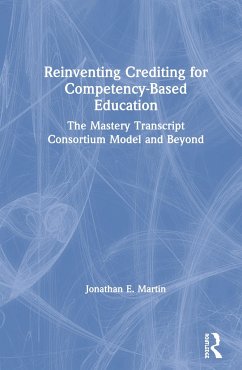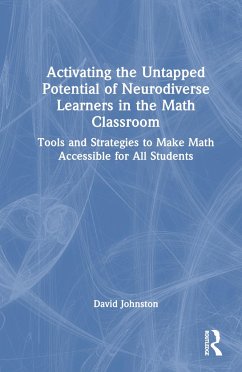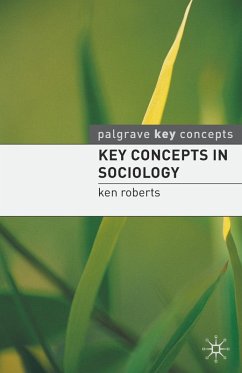
Accessibility or Reinventing Education
Versandkostenfrei!
Versandfertig in über 4 Wochen
159,99 €
inkl. MwSt.
Weitere Ausgaben:

PAYBACK Punkte
80 °P sammeln!
The accessibility requirement of educational policies is a reinvention of schools beyond the education of students with disabilities.Accessibility or Reinventing Education studies the changes that have redefined the roles and missions of schools, by asking them to consider the obstacles to learning imposed on students - regardless of their particular characteristics - in order to make themselves accessible to the greatest number.This book examines the ways in which school stakeholders are addressing the need for accessibility to bring its principles to life on a daily basis. Particular attenti...
The accessibility requirement of educational policies is a reinvention of schools beyond the education of students with disabilities.
Accessibility or Reinventing Education studies the changes that have redefined the roles and missions of schools, by asking them to consider the obstacles to learning imposed on students - regardless of their particular characteristics - in order to make themselves accessible to the greatest number.
This book examines the ways in which school stakeholders are addressing the need for accessibility to bring its principles to life on a daily basis. Particular attention is given to the strategies developed by teachers for creating accessible school environments, the conditions for mobilizing digital technologies, and the redefinition of relationships between teachers and their specialist counterparts. Finally, the new figures of "ineducablility", established because of the accessibility imperative, are considered, and a grammar of accessibility is proposed, setting the stage for accessibility in school environments and the implementation of inclusive policies.
Accessibility or Reinventing Education studies the changes that have redefined the roles and missions of schools, by asking them to consider the obstacles to learning imposed on students - regardless of their particular characteristics - in order to make themselves accessible to the greatest number.
This book examines the ways in which school stakeholders are addressing the need for accessibility to bring its principles to life on a daily basis. Particular attention is given to the strategies developed by teachers for creating accessible school environments, the conditions for mobilizing digital technologies, and the redefinition of relationships between teachers and their specialist counterparts. Finally, the new figures of "ineducablility", established because of the accessibility imperative, are considered, and a grammar of accessibility is proposed, setting the stage for accessibility in school environments and the implementation of inclusive policies.













